Description

1. Real – world Case
In a large – scale pulp and paper mill, the 3ASC25H203 was integrated into the control system of a paper – making machine. The paper – making process involves a series of complex operations, including pulp feeding, pressing, and drying, which require precise control to ensure the quality of the final paper product.
One day, during the production of high – grade printing paper, the sensors detected a change in the pulp consistency. This change could potentially affect the thickness and strength of the paper being produced. The 3ASC25H203, which was connected to these sensors and the control valves of the pulp – feeding system, immediately received the data.
It quickly analyzed the data and compared it with the pre – set optimal pulp consistency parameters. Based on the analysis, the 3ASC25H203 sent control signals to the valves to adjust the flow rate of the pulp and the dilution water. Within a short time, the pulp consistency was brought back to the normal range, and the quality of the paper production was maintained. This incident demonstrated the 3ASC25H203’s ability to effectively monitor and control the paper – making process in real – time.
2. Applications
- Pulp and Paper Industry: As shown in the above case, it is used for controlling various processes in paper – making machines, such as pulp preparation, paper formation, and finishing. It helps to optimize the production process, improve paper quality, and reduce production costs.
- Food and Beverage Industry: In food processing plants, the 3ASC25H203 can be used to control the production of beverages, dairy products, and processed foods. It can monitor and adjust parameters such as temperature, pressure, and ingredient flow rates to ensure product quality and consistency.
- Water Treatment: For water treatment plants, it can be used to control the dosing of chemicals, the operation of pumps and valves, and the monitoring of water quality parameters. It helps to ensure the effective treatment of water and the proper functioning of the treatment processes.
3. Weight and Dimensions
- Weight: The 3ASC25H203 weighs approximately 1.3 kg. This weight is relatively manageable, making it easy to handle during installation and maintenance.
- Dimensions: It has dimensions of about 190 mm in length, 140 mm in width, and 55 mm in height. These compact dimensions allow it to be easily installed in standard 19 – inch racks or control cabinets, saving space in industrial control rooms.
4. Features
- High – Speed Processing: It is equipped with a high – performance processor that can handle complex control algorithms and process large amounts of data in real – time. This enables fast decision – making and precise control of industrial processes.
- Multiple Communication Interfaces: The device supports multiple communication protocols, including Ethernet, Modbus, and Profibus. This allows it to communicate with other devices in the control system, such as sensors, actuators, and human – machine interfaces (HMIs). It facilitates seamless integration into existing industrial networks.
- Flexible Configuration: It offers flexible configuration options, allowing users to customize its functions and parameters according to specific application requirements. This includes setting up input/output ranges, control loops, and alarm thresholds.
5. Stability and Reliability
- Robust Design: The 3ASC25H203 is built with a rugged housing that provides protection against dust, moisture, and mechanical vibrations. This makes it suitable for use in harsh industrial environments, such as paper mills with high levels of dust and humidity.
- Redundant Components: Some models of the 3ASC25H203 may have redundant power supplies and communication modules. In case of a component failure, the redundant part can take over immediately, ensuring continuous operation of the device and minimizing system downtime.
- Error – Detection and Self – Recovery: It has built – in error – detection mechanisms that can detect and diagnose faults in real – time. It can also perform self – recovery operations, such as restarting a malfunctioning module or switching to a backup control strategy, to maintain system stability.
6. Parameter Specifications
- Power Supply: It operates on a 24V DC power supply, with an allowable voltage range of 21.6V to 26.4V. This wide voltage range ensures stable operation even in the presence of small power fluctuations.
- Input/Output Channels:
- Analog Inputs: It has 8 analog input channels, which can accept signals in the range of 0 – 10V or 4 – 20mA. These channels are used to connect various sensors for monitoring process parameters.
- Digital Inputs/Outputs: There are 16 digital input channels and 12 digital output channels. The digital inputs can detect the status of switches and sensors, while the digital outputs can be used to control relays, solenoid valves, and other actuators.
- Communication Speed: For Ethernet communication, it supports data transfer rates of up to 100 Mbps. For other communication protocols like Modbus and Profibus, the communication speed can be configured according to the specific requirements of the network.




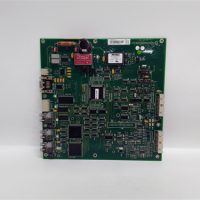
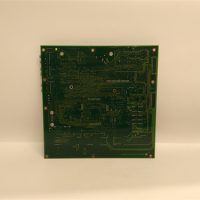
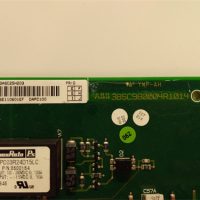
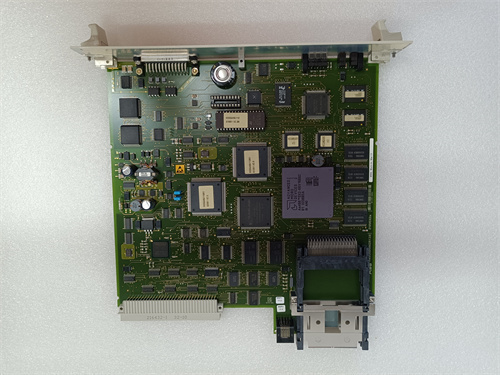



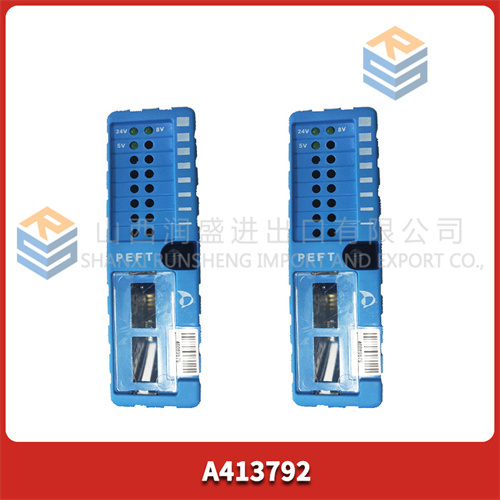

Reviews
There are no reviews yet.